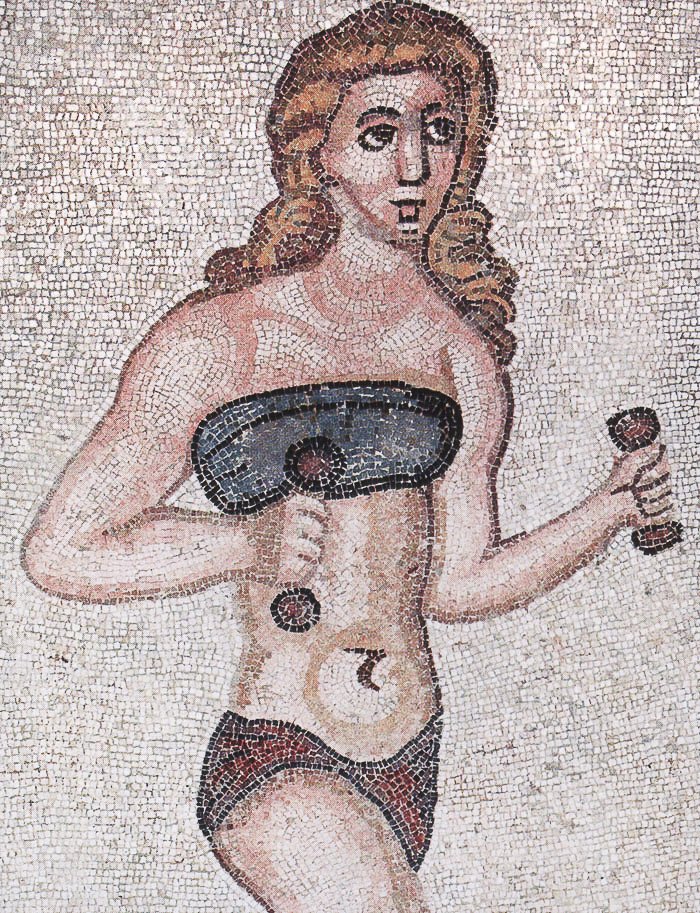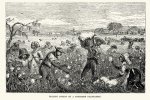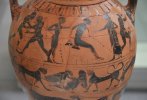malins
Stumbling Seeker
Except when it's pottery shards!I wonder when they'll find a 'common or garden' Roman mausoleum? Anything archaeologists dig up has to be 'rare'!

Except when it's pottery shards!I wonder when they'll find a 'common or garden' Roman mausoleum? Anything archaeologists dig up has to be 'rare'!
I do remember this. Also in Pompeii there is graffiti on a wall stating “May you be nailed to the cross” as an insult to some one.The Lex Puteolana has been discussed elsewhere, and perhaps the video has also been posted before, but it’s the first time I’ve seen, so here we go.
More of curse, I gather.I do remember this. Also in Pompeii there is graffiti on a wall stating “May you be nailed to the cross” as an insult to some one.
God, no doubt,being highly educated…More of curse, I gather.
In The West Wing President Bartlet, grieving over the senseless death of someone close to him, curses God in the National Cathedral in extemporaneous Latin. From a Quora article:
Here is a YouTube video with subtitles and a link to a couple of alternative translations. I endorse the translation in the video, except for the last two lines, cruciatus in cruce, eas in cruce, where I go with John Arnold’s translation below: “Having suffered on the cross, may you go [back] upon a cross”. (If this is the intended meaning, the Latin in the last line should actually be eas in crucem).

Even their exercising is not so unfamiliar...Mid 20th century designer showed his bikinis off in front of . . . . . . . Roman bikinis. There's nothing new under the sun.
https://www.sarahaaronson.com/blog/...X-FvTZw6bSVpY4e3JeTUOwan7N0SK3QinRnzyvnYVKF_Y

Sticking a tongue out while working out.Even their exercising is not so unfamiliar...

Mid 20th century designer showed his bikinis off in front of . . . . . . . Roman bikinis. There's nothing new under the sun.
https://www.sarahaaronson.com/blog/...X-FvTZw6bSVpY4e3JeTUOwan7N0SK3QinRnzyvnYVKF_Y
View attachment 1315823

Not on hand but I understand at one point there was a 3 to 1 ratio of slaves to citizens.Does anyone have any information on the different roles slaves filled in Rome by gender? How many men VS women you'd find in the fields, houses, mines and so on?
Based on the form of slavery for which we have documentation, enslavement in the New World, labor was likely assigned by ability, not gender.Does anyone have any information on the different roles slaves filled in Rome by gender? How many men VS women you'd find in the fields, houses, mines and so on?

One thing I noted when looking at some Southern plantations was that women often made up a larger portion of the field workers, because men were more likely to know a useful trade. I wondered if this was also true of the ancient world.Based on the form of slavery for which we have documentation, enslavement in the New World, labor was likely assigned by ability, not gender.
It is likely that male slaves in ancient times, just as in more recent ones, would be assigned jobs that required physical strength more often than females. If a female slave were at a Roman mine or quarry, she would be doing support work, rather than wielding a pick or shovel. On the other hand, female slaves would be more likely to be found doing traditional "women's work" such as cooking, cleaning, and raising the master's children.
Agricultural work could be done by both sexes just like cotton fields in the Antebellum South.
View attachment 1317098
Possibly. Males were more likely to have learned a trade before being enslaved or be taught one afterward. Also, educated slaves were valuable (one big difference between Roman and American slavery). They could be used as bookkeepers, engineers, tutors, etc; and they were more likely to be males as, in most cultures, women did not receive an education.One thing I noted when looking at some Southern plantations was that women often made up a larger portion of the field workers, because men were more likely to know a useful trade. I wondered if this was also true of the ancient world.
Maybe is costume on gym for training more than bikini cause she had dumbbells in handsEven their exercising is not so unfamiliar...

The mosaic is believed to portray women athletes. The "dumbbells" are more likely to be weights used in long jumping.Maybe is costume on gym for training more than bikini cause she had dumbbells in hands

